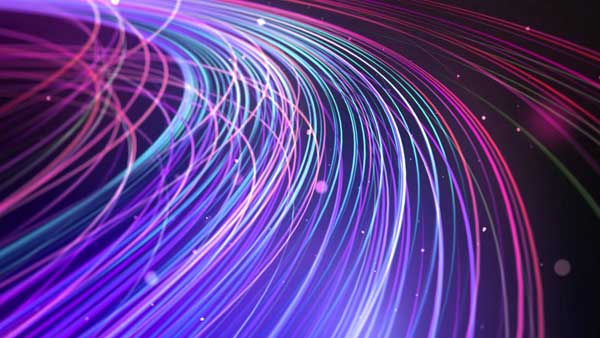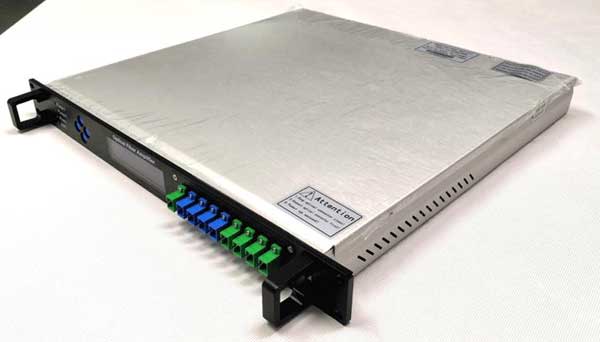Due to the increasing demand for high bandwidth
and high speed connections for various industrial and residential purposes, optical
fiber transmission using optical fibers has become more and more common in
modern society. Here are some detailed information on the advantages and
disadvantages of fiber optic transmission.

Advantages
Bandwidth
The bandwidth of fiber optic cables is much higher
than that of metal wires. Compared with copper cables, the amount of data that fiber optic cables can transmit is much larger.
Security
Safety is the main concern of people today. Data
or signals are transmitted by light in optical fiber transmission. Therefore,
there is no way to detect the data being transmitted by "monitoring"
the electromagnetic energy "leaking" through the cable, so fiber optic cables is one of the safest ways to transmit sensitive data.
Distance
In fiber optic transmission, fiber optic cables can provide low power loss, which allows signals to be transmitted over longer
distances than copper cables.
Size & Weight
The diameter of the fiber optic cables is very
small. Its small size can save more space in optical fiber transmission.
Optical cables are made of glass or plastic so they are thinner than copper
cables.
Disadvantages
Fragility
Usually fiber optic cables are made of glass,
which makes them more fragile than copper cables. Because fiber optic cables
are small, they can easily be accidentally cut during building renovation or
rewiring. Optical fibers are also sensitive to bending, which makes laying
optical fibers in corners a tricky task. In addition, fiber optic networks are
also susceptible to radiation damage or chemical exposure, so you need to be
more careful when laying fiber optic cables underwater.
Cost
Although the cost is lower in the long run, the
price of installing fiber optic cabling is still relatively higher than that of
copper cables. It usually requires special test equipment and installers with
skilled knowledge to lay fiber optic networks. Optical fiber end points and
connection nodes also require special equipment and settings. If the cable is
damaged, it needs higher costs to fix it.
Attenuation & Dispersion
As the transmission distance gets farther and
farther, the light will be attenuated and dispersed, which requires the
addition of additional optical components, such as EDFA.

4 Ports High Power EDFA 1550nm EDFA
Installation Challenges
The splicing of fiber optic cables is not easy.
If you bend them too much, they will break. They are easily cut or damaged
during installation or construction.
Conclusion
Because of its efficiency and capacity, optical
fiber transmission is being widely used and continues to replace coaxial and
copper cables for data transmission. Fiber optic cables are used for different
purposes in various industries such as communications, broadcasting, industry,
military, and medical. With the use and demand for large bandwidth and fast
speed, optical fiber transmission will undoubtedly bring more opportunities, and
it will continue to be studied and expanded to meet future needs.
Baudcom offers all
kinds of fiber optic cables. For more information, please visit Baudcom.